Introduction
The Dawn of AI Artists: Can Machines Create Art?
Art, in its diverse forms, has long been a conduit for the human spirit, a testament to our creativity, emotions, and cultural expression. However, as the tendrils of Artificial Intelligence (AI) have woven into various aspects of life, the realm of art has not been untouched. This blog post aims to plunge into the intriguing concept of AI artists, taking its readers on a quest to unearth answers to a burgeoning question: Can machines truly create art?
Background
Embarking on our exploration, it is essential first to delve into the origins and evolution of AI. AI’s story, birthed in the mid-20th century, is one of triumphs and trials. Initially perceived as a manifestation of computer science and cognitive psychology, AI strove to emulate the human brain’s capacities, primarily learning and problem-solving.
As AI matured, it began seeping into diverse fields, one of which was art, marking the dawn of AI artists. Various AI models, trained on vast repositories of artistic works, began creating compelling pieces, thereby transforming the artistic landscape. One can witness this metamorphosis in creations like DeepDream and AICAN, fascinating AI artists that have stirred the art world, creating ai art and captivating ai prints.
Another testament to the burgeoning role of AI in art is the emergence of platforms such as NFT54. It brings a multitude of AI-generated prints to art enthusiasts, reflecting a broader acceptance of AI’s artistic capabilities. These developments signify the start of a new chapter in the art world, one where creativity is not solely the prerogative of human consciousness.
Understanding Art and Creativity
To comprehend the prospect of AI-generated art, we must first elucidate our understanding of art and creativity. Art, a beacon of human creativity and imagination, is traditionally cherished for its beauty or emotional resonance. It constitutes a deeply personal and subjective expression, often mirroring societal contexts, individual experiences, or the human psyche’s intricate labyrinth.
Creativity, the soul of art, is an amalgam of novelty and value. It is not just about producing something new, but about the ability to synthesize existing elements in novel, meaningful ways. This transformative process involves seeing connections where none apparently exist, a spark that often emanates from deep-seated emotions or profound insights.
This narrative of art and creativity presents a complex issue: can AI, essentially a compilation of algorithms and data structures, truly possess creativity? AI art generators can create art from a photo, learn patterns from vast artistic databases, and even surprise us with their output. However, can these feats be equated to the emotional profundity and cognitive leaps that often characterize human creativity?
As we delve deeper into the process of AI creating art in subsequent parts of this series, we will unravel the intricacies of this intriguing interplay of technology and art. We will explore notable AI artworks, discuss the ethical, legal, and philosophical implications of AI-created art, and grapple with perspectives that might reshape our understanding of creativity and artistry.
In this journey of understanding AI artists, we aim to not just dissect the mechanics of AI in art but also to engage with the larger questions it poses. Can machines mimic human imagination and creativity? And perhaps, more fundamentally, what does it mean for us, as a society and as individuals, when the lines between human and machine creativity begin to blur?
By challenging the conventional boundaries of creativity and questioning the essence of art, the advent of AI artists compels us to reevaluate our definitions, our biases, and our fears. The dawn of AI artists is not merely an innovation in technology or art; it is a profound shift that might redefine our understanding of what it means to be creative.
-
Beyonce
$160.00 – $200.00 -
LeBron James
$160.00 – $200.00
The Process of AI Creating Art
Embarking further into our exploration, let’s delve into how AI creates art. AI, as an art generator, essentially utilizes techniques such as generative models and style transfer. It processes vast datasets of existing artworks, learning the nuances and patterns embedded within these pieces. Then, using this acquired knowledge, AI synthesizes new works of art.
AI art generators, such as the ones employed by platforms like NFT54, can even create art from a photo. They can replicate styles, mix aesthetics, and even churn out surprising innovations. This intricate process has an uncanny resemblance to the way humans learn and adapt to their artistic skills, absorbing influences and then transforming them into unique creations.
However, a critical distinction remains. AI lacks the emotional consciousness and subjective experiences that underpin human creativity. It does not perceive beauty, joy, sadness, or any emotion that usually inspires human art. AI does not dream, fear, hope, or reminisce. The absence of these fundamentally human traits prompts us to question: Can the output of an AI art generator truly be considered art?
Case Studies of AI Artists
To scrutinize the artistic capabilities of AI, let’s examine some noteworthy AI art projects. The Next Rembrandt and DALL-E are fascinating instances of AI’s foray into the realm of art.
The Next Rembrandt is a project that used AI to study the works of Rembrandt, a master of the Dutch Golden Age, and then generate a new piece mimicking his style. The result was a 3D-printed painting that closely resembled Rembrandt’s works, inciting amazement and a fair share of controversy in the art community.
DALL-E, another remarkable AI project, generates novel images from textual descriptions. It took the art world by surprise with its ability to imagine and materialize bizarre, unprecedented visuals that were both complex and coherent.
AI art is not confined to the realm of research projects and experiments; it has started permeating the commercial market as well. Websites like NFT54 offer a variety of AI-generated prints, testifying to the growing market appreciation and demand for AI creations.
Ethical, Legal, and Philosophical Implications
The rise of AI artists carries with it a slew of ethical, legal, and philosophical questions. One pressing issue concerns the ownership and copyright of AI-created art. Who holds the rights for such art? Is it the AI, its programmer, or the user who inputs the command? This dilemma challenges existing copyright laws, requiring new frameworks that account for the unique circumstances surrounding AI art.
On a philosophical plane, the concept of authorship and authenticity comes under scrutiny. In traditional human art, the artist’s persona and intent bear significantly on the perceived value of the artwork. So, in the case of AI art, can we consider a piece generated by algorithms as authentic art?
Ethically, the prospect of AI replacing human artists is concerning. However, as echoed in NFT54’s perspective, AI and human artists might not be mutually exclusive. Instead, they can coexist, each enriching the other’s capabilities, and collectively transforming the landscape of art.
As we progress into this series’ final part, we will grapple with diverse perspectives on AI’s ability to create art. We will look towards the future, contemplating the potential roles AI could play in shaping art and how it might redefine human artists’ roles. Our journey into the dawn of AI artists continues, unraveling new layers of understanding, challenging our perceptions, and compelling us to envision a future where art and technology converge in unprecedented ways.
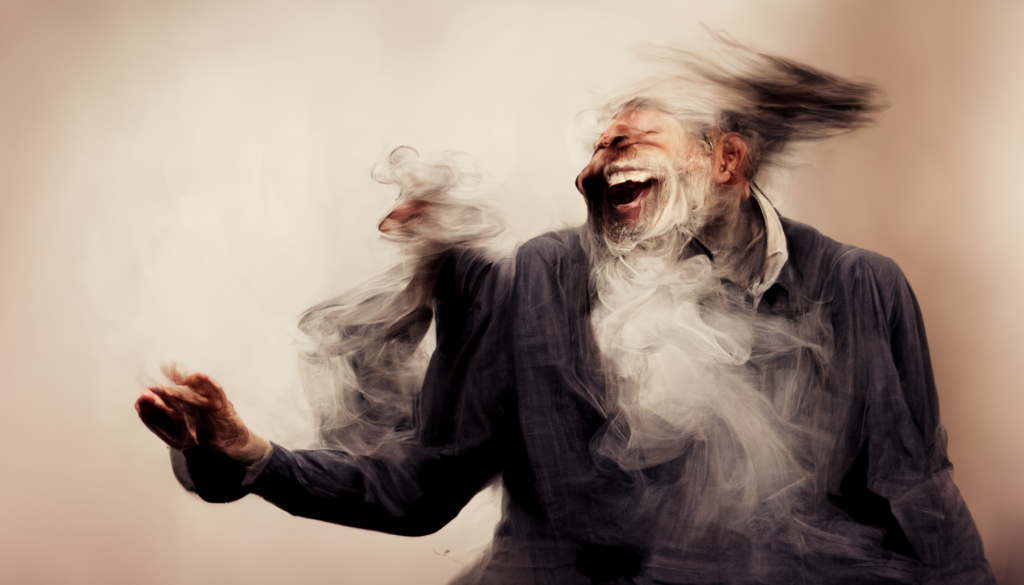
Perspectives and Arguments
As we navigate deeper into the world of AI art, we encounter a spectrum of perspectives and arguments. Some applaud the intrusion of AI into the art world, arguing that the purpose of art is to stimulate the senses and provoke thought, and if AI can achieve this, it qualifies as art. They posit that AI can create intriguing visuals and conceptual complexities in ai art, challenging our perceptions and assumptions, much like any groundbreaking human art.
However, there’s a countercurrent of skepticism. Critics contend that without subjective experience, intentionality, or emotional resonance, AI creations are mere simulations of art. They argue that while an ai art generator from photo can mimic styles or amalgamate aesthetics, it cannot replicate the human essence of creativity — the personal histories, the emotional depths, the spontaneous inspirations that birth art.
A balanced view might suggest that while AI may be incapable of replicating human creativity in its entirety, it can generate aesthetically intriguing and conceptually challenging outputs. These creations might not fit into our traditional mold of art, but they could be seen as a new genre of art — a testament to the marvel of human technological prowess.
Future of AI in Art
The Dawn of AI Artists: Can Machines Create Art? The future of AI in art promises to be as exciting as it is uncertain. Advancements in AI could give rise to more sophisticated AI artists, capable of generating more complex and appealing artwork. The role of human artists might also evolve in response, with AI becoming a tool for new creative possibilities.
The future may see an expansion of services like NFT54’s AI art generator that creates personalized art from photographs or text descriptions. However, this future isn’t devoid of challenges. There will be a need for clear regulations around ownership and copyright of AI art, the development of AI technologies that respect and enhance human creativity, and the ongoing cultivation of an art market that appreciates both human and AI creations.
Conclusion : The Dawn of AI Artists: Can Machines Create Art?
The debate on whether machines can create art is likely to persist as technology evolves and our understanding of art continues to expand. From my viewpoint, while AI might lack the human elements that are often integral to the creative process, it can generate visually appealing and conceptually intriguing works that extend the boundaries of what we traditionally perceive as art.
The advent of AI artists does not signify the demise of human creativity; rather, it represents an augmentation of human creativity, opening new horizons for expression and exploration. It is a testament to human ingenuity, capable of building machines that mirror our creative impulses and, in doing so, compel us to reconsider our definitions of art and creativity.
As we stand at the dawn of AI artists, we are not merely witnessing the birth of a new genre of art, but we are also participating in a broader conversation about the relationship between humans and technology, creativity and computation, emotions and algorithms. This journey, undoubtedly, will continue to surprise, challenge, and inspire us, propelling us further into uncharted artistic territories.
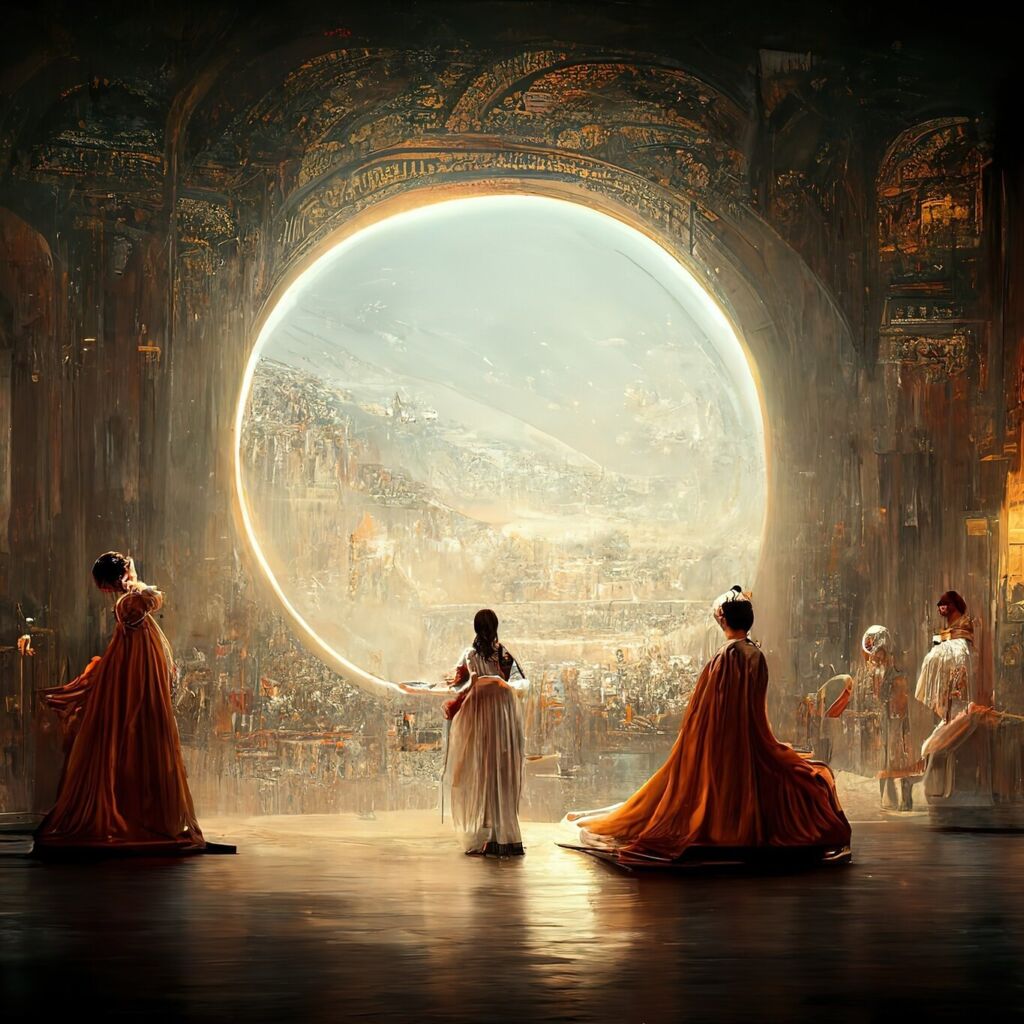
Frequently Asked Questions
- Can an AI system truly create art?
- This question remains open to interpretation. Some believe that AI can generate visually compelling and conceptually intriguing works, thereby creating a new genre of art. Others argue that without subjective experiences or emotional consciousness, AI’s creations are mere simulations of art.
- How does AI art create art?
- AI art generators use techniques like generative models and style transfer to learn patterns from vast datasets of existing art. Using this acquired knowledge, AI synthesizes new works of art. However, it should be noted that AI lacks the emotional consciousness and subjective experiences that underpin human creativity.
- Can AI-generated art replace artists?
- While AI presents novel ways of creating art, it is unlikely to replace human artists. Instead, the advent of AI in the art world can be seen as an augmentation of human creativity, offering new tools and possibilities for artistic expression.
- Can AI art be made illegal?
- Given the complexities surrounding the legal implications of AI-generated art, there might be circumstances where certain practices are deemed illegal, such as the unauthorized use of copyrighted material. However, the creation of AI art as a whole is not currently considered illegal.
- Is AI copying artists?
- AI art generators learn from existing art, replicating patterns and styles. While this could be viewed as copying, it should be noted that AI does not possess intent or consciousness. Its purpose is not to copy but to learn from data to generate new outputs.
- Why is AI art controversial?
- AI art is controversial due to various reasons, including questions around authenticity, authorship, creativity, ethics, and legality. These issues stem from the inherent differences between human and AI creativity and the unique challenges posed by AI’s role in the art world.
- Is AI a threat to artists?
- AI is not necessarily a threat to artists. Instead, it can be seen as a tool that offers new creative possibilities. Artists can use AI to explore new artistic styles, techniques, and themes, thereby enriching their artistic repertoire.
- Is AI-generated art ethical?
- The ethics of AI-generated art is a complex issue, tied to questions around authorship, authenticity, creativity, and potential job displacement. Ethical considerations also extend to the development and use of AI technologies in a way that respects and enhances human creativity.
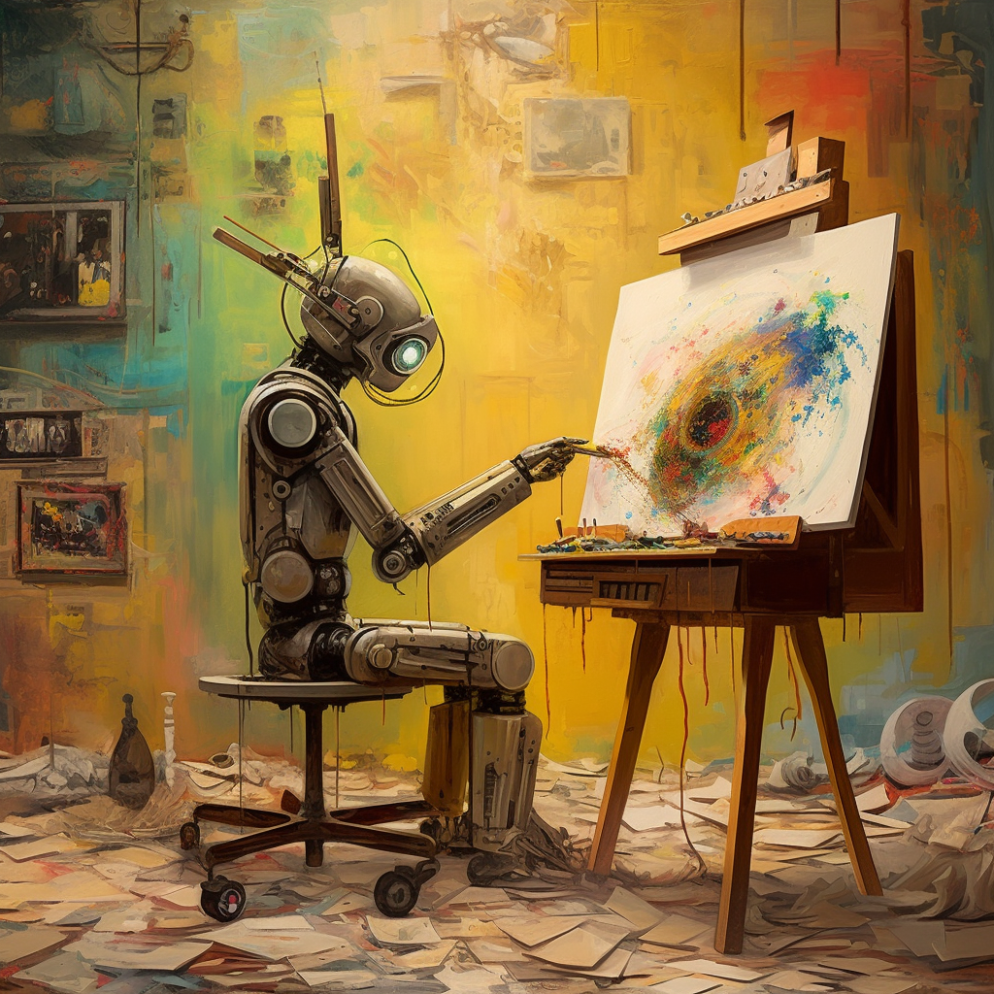
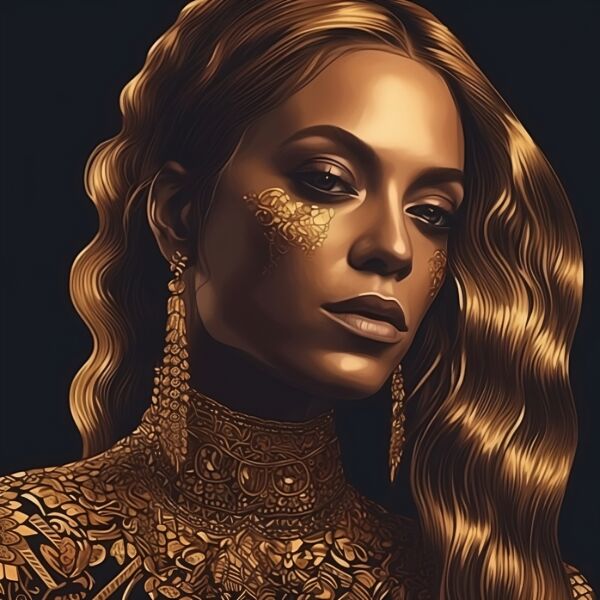

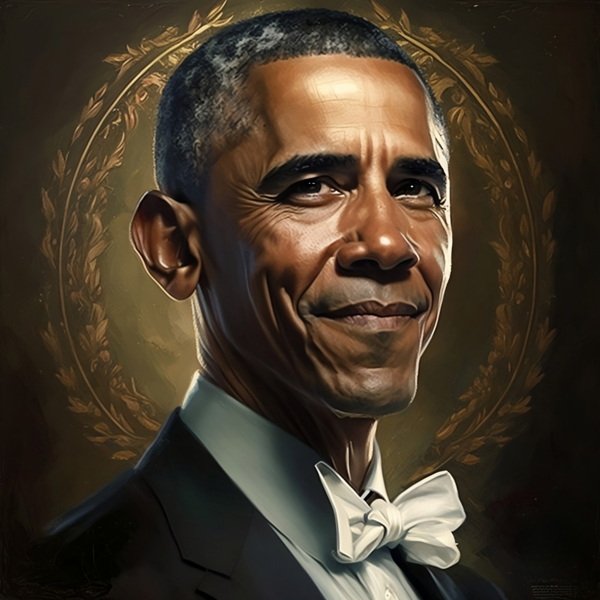
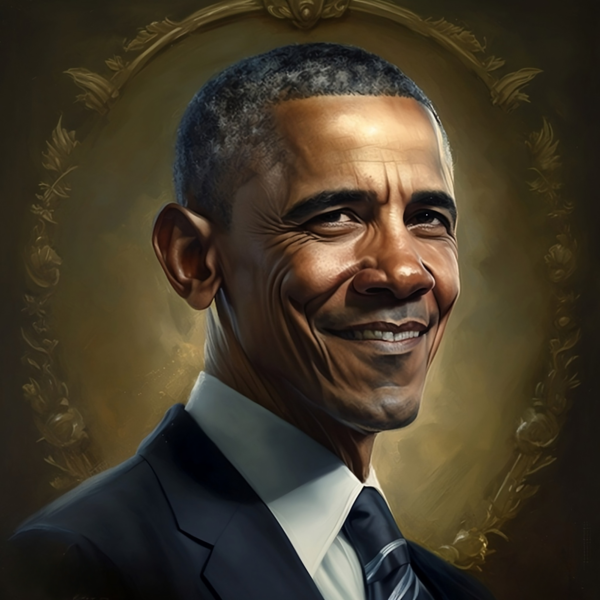
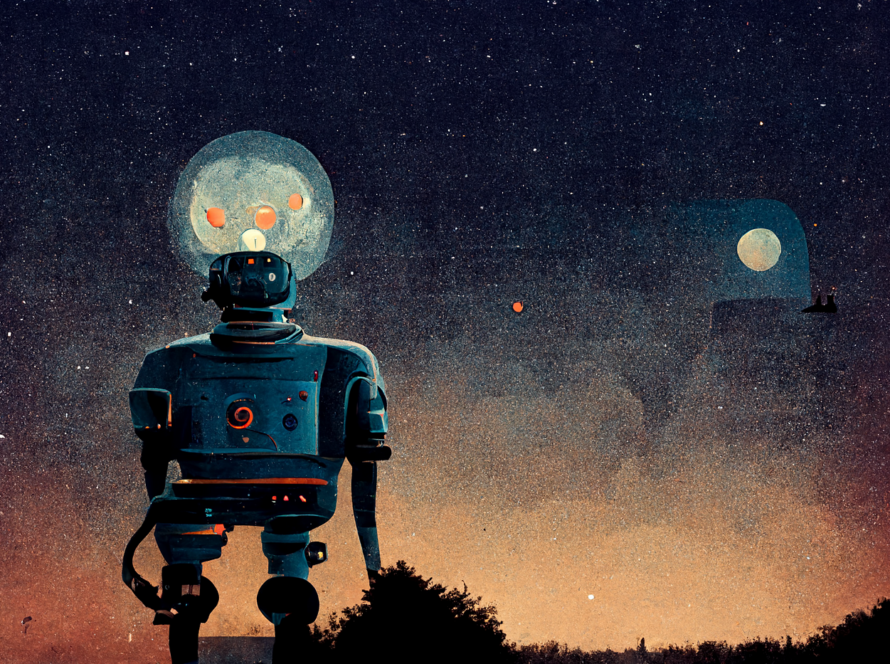
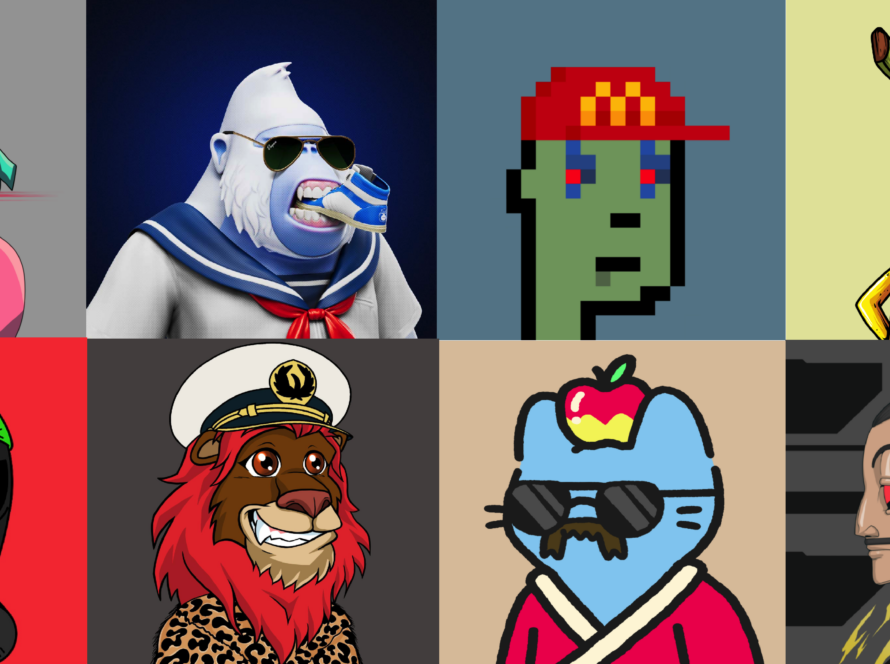
3 Comments